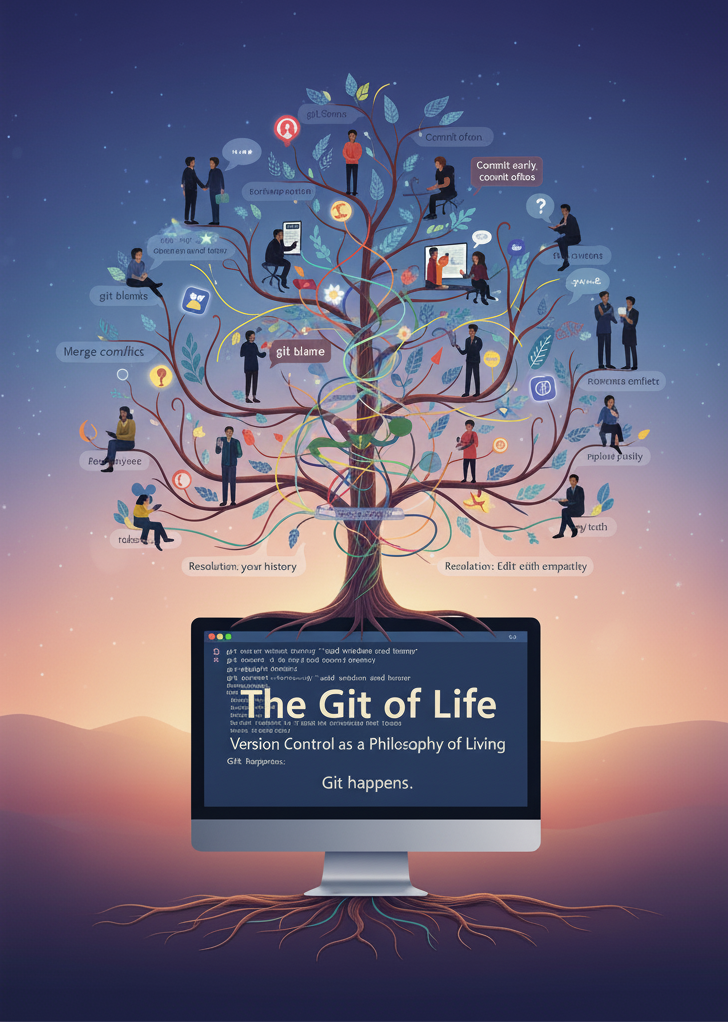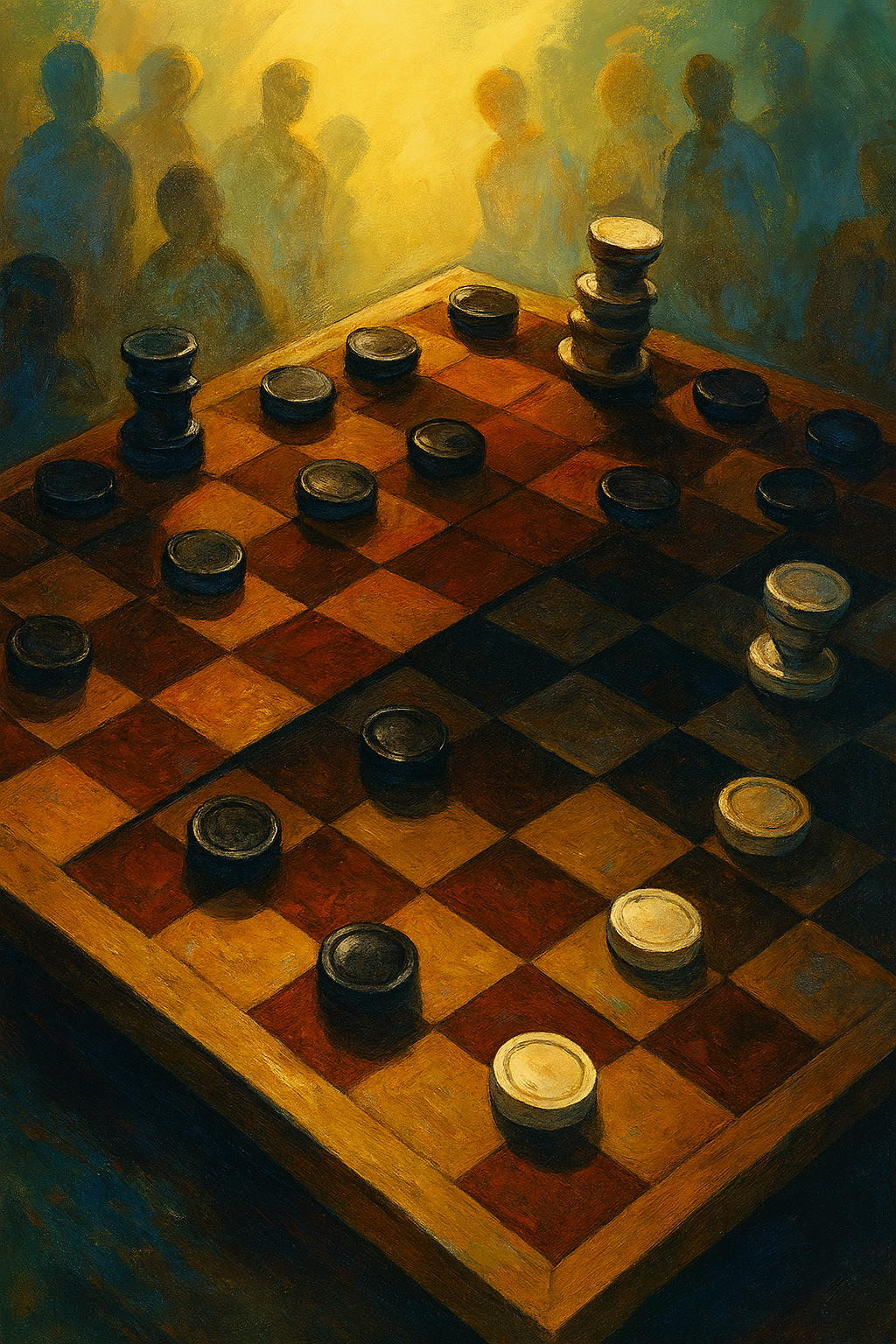The terms prompt and rendering come up constantly in AI art, design, and video creation — yet they describe two completely different worlds.
One belongs to the realm of imagination, the other to the realm of manifestation.
Let’s unpack both sides of this creative dialogue.
🗣️ What Is a Prompt?
A prompt is the instruction, idea, or description you give to an AI model to generate something.
It’s your way of telling the machine what to dream about.
Think of it as:
“What you ask for.”
It defines what you want and sometimes how you want it — style, tone, lighting, perspective, or emotion.
Examples
- “Generate an image of a futuristic city at sunset with flying cars.”
- “Write a poem about rain and loneliness.”
- “Create a cinematic b-roll showing a black queen chess piece illuminated by soft golden light.”
The prompt is the seed of intention — the language of your imagination translated into something the machine can understand.
🎨 What Is Rendering?
Rendering is the process (and the result) of turning that prompt into something visible or tangible — an image, video, 3D scene, or animation.
It’s the moment when the idea takes physical form.
Think of it as:
“What the machine creates.”
Rendering involves computation — translating the abstract prompt into pixels, frames, and light.
Examples
- The final image of that futuristic city.
- The video clip Runway produces from your text.
- The animation frames rendered by Blender or Unreal Engine.
The rendering is the realization — the machine’s interpretation of your intent, filtered through its algorithms, training, and limitations.
⚙️ How Prompting and Rendering Work Together
| Step | Concept | Description |
|---|---|---|
| 1️⃣ | Prompting | You tell the system what to create — the creative direction. |
| 2️⃣ | Rendering | The system creates it — producing visuals, motion, or sound. |
| 3️⃣ | Refinement | You adjust the prompt or rendering settings to move closer to your vision. |
This cycle is the creative feedback loop between human and machine — you imagine, it renders, and you refine.
🎬 The Artistic Analogy
Think of prompting as giving a director’s note,
and rendering as the film being shot and edited.
Or in painting terms:
- Prompt → The idea you describe to the artist
- Rendering → The painting itself, brought to life with strokes and color
Prompting is imagination articulated.
Rendering is imagination materialized.
🔍 How They Approach Problem Solving
While both prompting and rendering contribute to creative problem-solving, they do so through different philosophies of thought and action.
🧩 Prompting: The Conceptual Problem Solver
Prompting operates in the abstract domain — it solves problems through language, framing, and exploration of meaning.
The challenge here is clarity: expressing intent so precisely that the model understands the essence of your goal.
A good prompt doesn’t just describe — it guides reasoning.
It’s about problem definition, not execution.
A strong prompt is like a hypothesis — it sets the stage for discovery.
Prompting asks:
“What do I want to achieve, and how can I describe it most effectively?”
⚙️ Rendering: The Technical Problem Solver
Rendering, on the other hand, operates in the mechanical domain — it solves problems through calculation, optimization, and iteration.
It deals with the constraints of reality: resolution, frame rate, lighting, computation, or style fidelity.
Where prompting explores what is possible, rendering decides what is feasible.
Rendering is like engineering the bridge that imagination designed.
It transforms intent into implementation, ensuring the abstract vision can exist within the limits of algorithms and energy.
🧠 Together: The Full Spectrum of Creative Problem Solving
| Dimension | Prompting | Rendering |
|---|---|---|
| Domain | Abstract / Conceptual | Concrete / Technical |
| Goal | Define the vision | Realize the vision |
| Challenge | Clarity of expression | Fidelity of execution |
| Failure Mode | Misunderstanding | Artifacts or errors |
| Strength | Exploration, ideation | Precision, completion |
Together, they form the yin and yang of creativity:
the thinking and the making, the word and the world, the idea and its echo.
💡 Final Reflection
The prompt is your voice.
The rendering is the echo that returns.
The beauty — and the challenge — lies in the space between the two:
the translation of human imagination into machine interpretation.
And in that space, something magical happens —
the birth of art that neither you nor the machine could have created alone.





